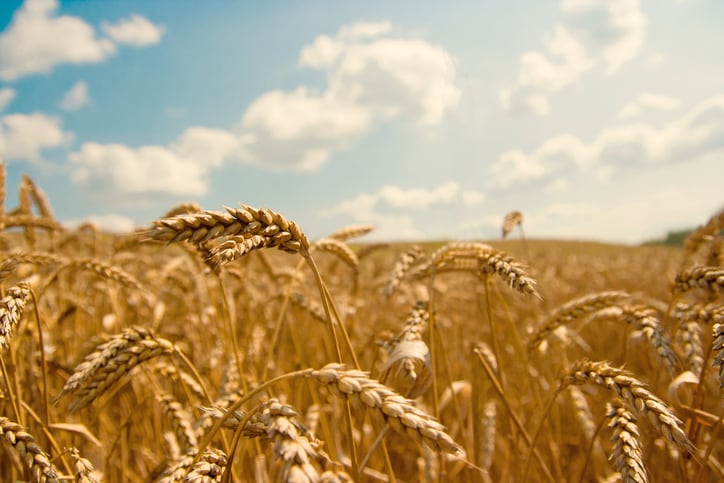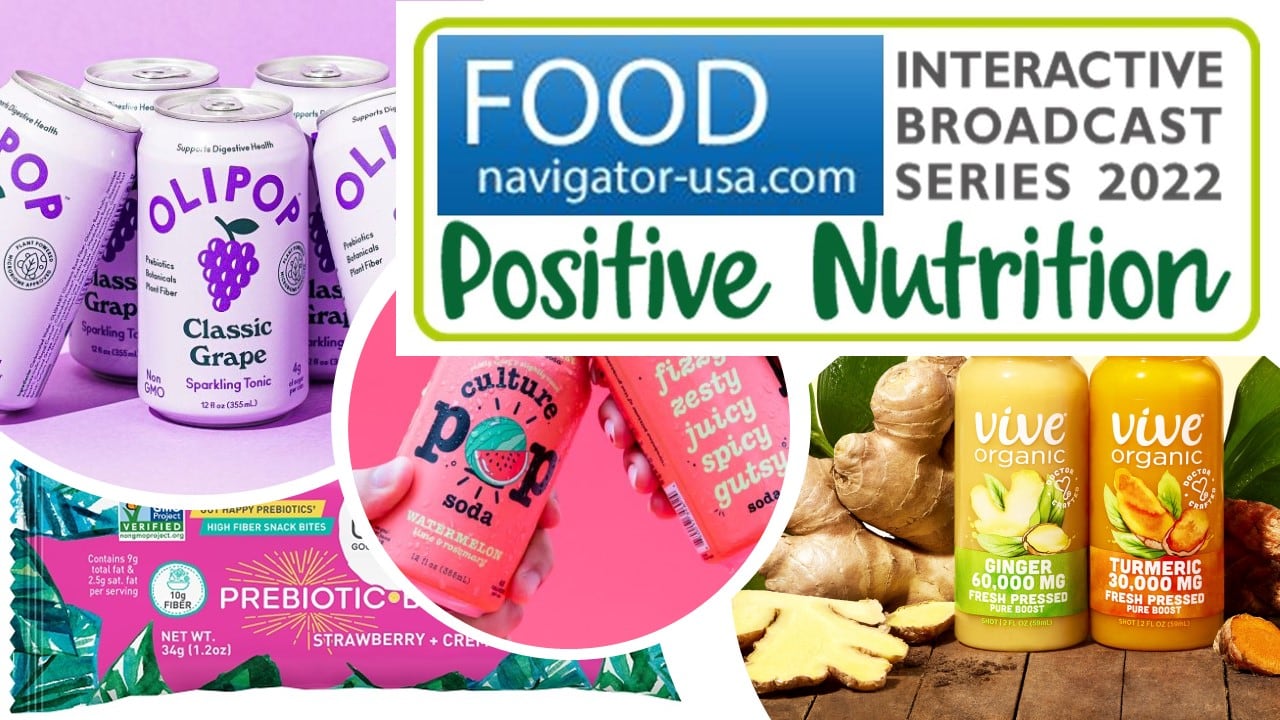Healthsense flour, milled from a wheat variety grown in the US using crop-breeding technology licensed to Bay State by Arista Cereal Technologies, looks and cooks like regular white flour, but features 5-10x the fiber.
Unlike whole wheat flour, which contains all the components of the kernel (the germ, the starchy endosperm, and the fibrous bran layer), Healthsense is like regular refined all-purpose flour in that it’s made from the endosperm, with a fine pale texture and no grainy bits that can put some consumers off whole wheat flour.
While it doesn’t contain wheat bran, Healthsense is nevertheless high in fiber as it's made from a non-GMO, high-amylose variety of wheat with an endosperm very high in resistant starch, a dietary fiber which resists digestion in the small intestine and reaches the large intestine, where it’s fermented, potentially conferring a variety of health benefits.
'One of the areas of opportunity is in ‘better for you’ mac and cheese'
The flour, which was launched a few years ago, has only started to take off fairly recently, CEO Pete Levangie told FoodNavigator-USA.
“We have spent years building the supply chain for Healthsense and now we are carrying quite a bit of inventory, and we haven’t changed the price [although the price of everything else is going up] so on a relative basis, it is more affordable, so supply assurance and price stability have been really important [in generating trial].
“With that, we’re starting to see some exciting launches in brands such as Enlightened ready-to-bake cookies and sugar-free ice cream cones [which both feature Healthsense high-fiber wheat flour as the #1 ingredient] and noodle brands such as Sun Noodle and restaurant chain Noodles & Co.
“One of the areas of opportunity is in ‘better for you’ mac and cheese, so we’re working with a new brand here called Goodles, for example.”
Goodles, Enlightened, Noodles & Co…
Some of the launches are driven by interest in the effects of resistant starch on the gut microbiome, he said. Some brands, meanwhile, are just interested in getting extra grams of fiber on the Nutrition Facts panel, while others are tapping into the keto trend (where net carbs are calculated by subtracting dietary fiber from total carbs).
“I don’t think consumers understand the term resistant starch yet,” said Levangie, “but what they are interested in is health benefits around fiber, so things like less inflammation and immune support,” although he acknowledged that there are no published human clinical trials that support claims specific to Healthsense (yet).
Wheat flour: ‘On the demand side, we’re getting some wind in our back that we haven't seen in years’

Asked what it's like to run a wheat milling business right now, Levangie said the global pandemic, unpredictable weather, climate change, and Russia’s invasion of Ukraine have all contributed to a general sense of uncertainty.
As for Bay State Milling, which operates nine plants in the US and one in Canada, he said, “Notwithstanding the price volatility, on the demand side, we’re actually getting some wind in our back that we haven't seen in years, as a lot of the ingredients we produce are on a relative basis, relatively affordable [in an environment of rampant food inflation].
“In a restaurant, it's a lot more affordable to put a little more [wheat-flour-based] pasta on the plate and cut back on the beef to control your costs, so we are actually had one of the biggest quarters we've seen in flour demand in many years.”
The global wheat market
Ukraine and Russia collectively account for nearly 30% of global wheat exports, and it is impossible to assess how much of this volume will be lost, for how long, he said.
However, in the short term, he noted, “We aren't seeing a dramatic shift in the flow of wheat in North America yet as a result of what's happening in Europe. More is driven by concerns about weather, the ongoing challenges of drought in certain parts of North America.”
He added: “We've seen an uptick in US exports, but at the same time, given the strength of the dollar, US wheat is relatively more expensive, so we are in some respects the origin of last choice at the moment.
“However, over the next couple years, depending on what comes out of Ukraine and Russia, trade flows could shift and realign, and there could be a greater call on US wheat to be exported.”
*According to the 2020-2025 Dietary Guidelines for Americans (see p101).
Resistant starch – which thanks to its name is something of an unsung hero in a carb-wary food culture - is the subject of 200+ human clinical trials addressing digestibility, immune health, insulin and glycemic response, colonic health and fermentation, satiety and weight management.
There are several types of resistant starch (which can be found in everything from unripe bananas and high-amylose corn and wheat, to potato salad), but broadly speaking, it is a dietary fiber that resists digestion (thus the name) in the small intestine and reaches the large intestine, where it’s fermented, potentially conferring a variety of health benefits.
The sooner we get away from the concept that all fibers are the same, the better, executive director of Resistant Starch Research Rhonda Witwer told FoodNavigator-USA in a recent interview.
“Rather than talking about soluble or insoluble fiber, which to me are meaningless terms, Professor Daniel Gallaher from the University of Minnesota proposes three different classifications of fiber that have meaning. We need all of them, but there is such a gap of fermentable fibers in the modern diet. We used to get 30-50g of resistant starch a day, today most Americans only get 5-6g.
- Bulking fibers such as wheat bran are minimally fermented, hold a lot of water, and promote regularity (‘roughage’).
- Viscous fibers such as oat or barley beta-glucan thicken the contents of the intestinal tract and reduce the absorption of cholesterol and sugar.
- Fermentable fibers such as resistant starch, inulin, and oligosaccharides are readily consumed by the gut microbiome, which may set off a cascade of health effects.”




